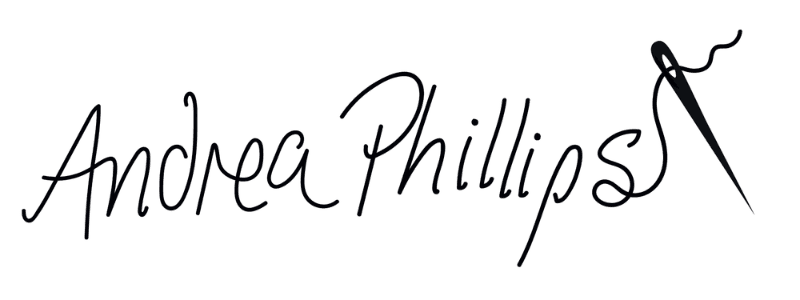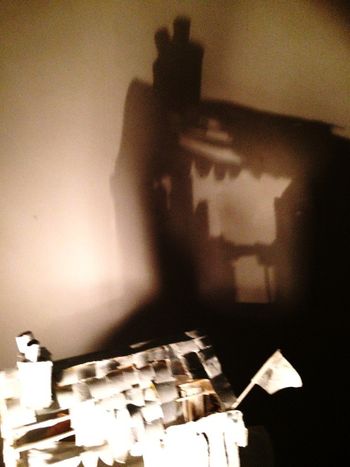
Hi .. I am a third year Direct Entry Fine Art student living in Cornwall so my commute by train to University is a four hour journey. I quickly decided that if I was going to get any work done I would have to use the time on the train journey to study, so I decided to draw people and in doing so began to really look at people and their mannerisms and behaviours.
After three months of looking I decided to investigate further how the way we actually look at things has changed. Has looking changed, do we use our peripheral vision and scan more these days. Looking and at the same time not being seen to be looking soon became the main focus of my research.
On trains we are asked, if we notice anything suspicious, could we please report it. This has elements of the old public information films that used to be aired on the BBC. ‘How to cross the road’, ‘never to speak to strangers’, ‘wear a hat and save your head', these were all made into animated shorts that were broadcast on television, back in the day. The following two clips represent an example of how the way we look and interpret things has changed..
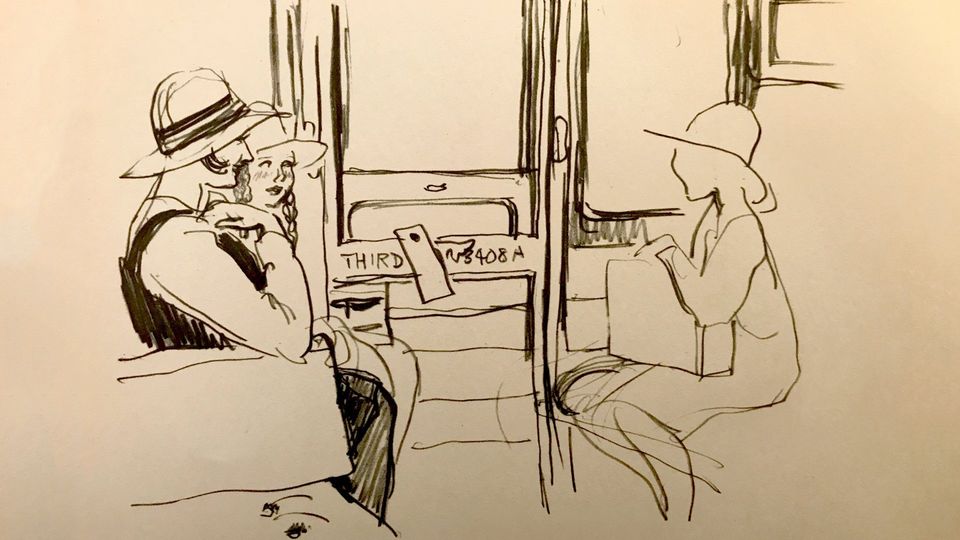
This illustration is by James Henry Dowd 1884 -1956. and was published in 1934, Dowd has been described by critics as ,“one of the early pioneers of the vital expressive line that seems to be a part of the subject rather than just illustrating it .This particular illustration epitomizes the way people used to act on trains, looking at each other was often easier as many of the seats were facing, so Interaction was a normal and possibly expected occurrence.
Through much observation I have concluded that passengers nowadays look up hardly at all when they travel, often immersed in iPhones and laptops. Arguably, looking around is becoming obsolete and direct eye contact confrontational.
After over six months of travelling back and forth to Plymouth looking and drawing and thinking, I was eager to turn all that looking into something, what did it all mean and how could this research inform a body of work. So I made some initial work that was designed to get people travelling by train to look up. A simple card that had a word on it was left on the back of seats, the card was the exact same size as the reserved ticket and was printed in the same way . The moment a passenger (my audience) looked up and wondered why a fellow passenger would want to catch their eye and encourage them to read the word ‘LOOK’, I was hopefully no longer present. In fact strangely just placing the tickets on the seat backs without being seen was so tricky I could only seem to do it on the seat I myself had occupied or other seat backs as I was leaving the train.
The challenge was to initiate a response from fellow passengers that would promote the act of looking, but in a way that did not in itself cause alarm.
It felt very weird doing this but it made me realize that people do look, but just not in the same overt way as before…. my actions certainly did not go unnoticed.
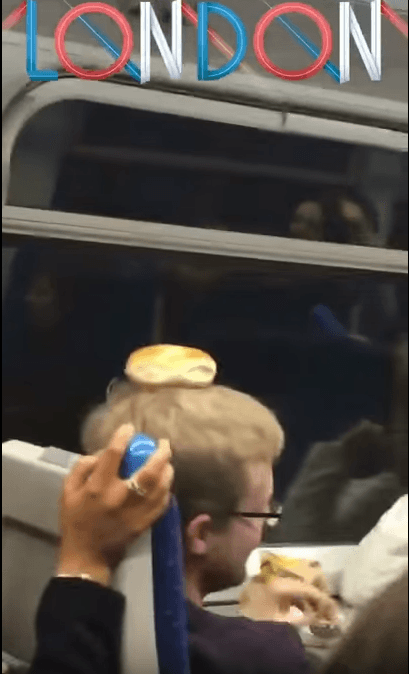
One busy Saturday night in February this year on the late train out of London central some passengers lose their inhibitions due to probably alcohol consumption. I love the contrast from the out of control madness to the end clip where the transport police get on at the next station stop,
Perhaps train companies prefer passengers to focus on their electronic devises and not to converse or ‘LOOK’ up from their social networking. Maybe that kind of passenger is easier to control. If only for security reasons, in todays climate, passengers should be encouraged to be aware of their immediate environment. Maybe todays passengers have evolved so that they can be distracted and still use their peripheral vision to look and to convert that looking into seeing.
I decided to contact GWR to try and gain some more ground into my research, after much emailing I finally did meet with an actual real life station manager , he really got what I was saying about the way people have changed the way they’ look’ these days on trains, he also said that if he walks down a train carriage with his GWR badge on show, people are more likely to have eye contact with him, on the odd occasion when he has not had his badge on people do not catch his eyes, they look but by covertly scanning rather than overt looking.
Surely, If only for security reasons, in todays climate, passengers should be encouraged to be aware of their immediate environment. Maybe todays passengers have evolved so that they can be distracted and still use their peripheral vision to scan. Underneath all that cool exterior is there a riot lurking under the surface.
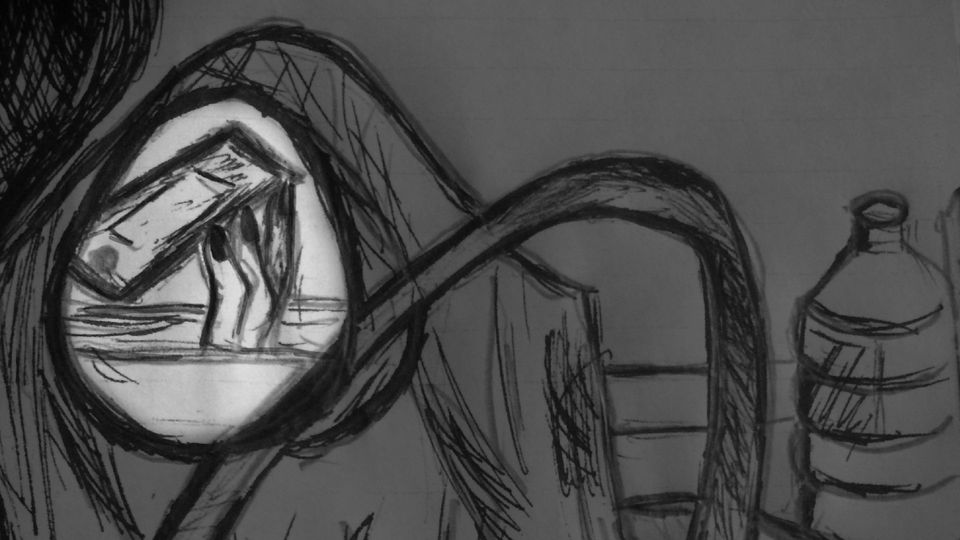
The following few slides are of sketchbook images of responsive, observational drawings, they are intuitive and highlight the relevance of certain behaviors of passengers on trains, they are not resolute images they are more of a sociological and visual research tool, to monitor different ways people exist on train.
The highlighted section of a hand holding a phone indicates passenger presence from underneath all the shopping bags. That was literally all that was visible of this passenger, a hand holding a phone
The artwork, I produce from this body of research will probably be conceptual, is site specific and participatory, orbiting around the themes ‘absence’ and ‘presence’, it could capture a moment in time , a human element, through the medium of installation-art.
It may involve a collaboration with a train company to promote the act of ‘Looking up’ from phones and laptops, to be more aware of landscape and of security within the carriage even.
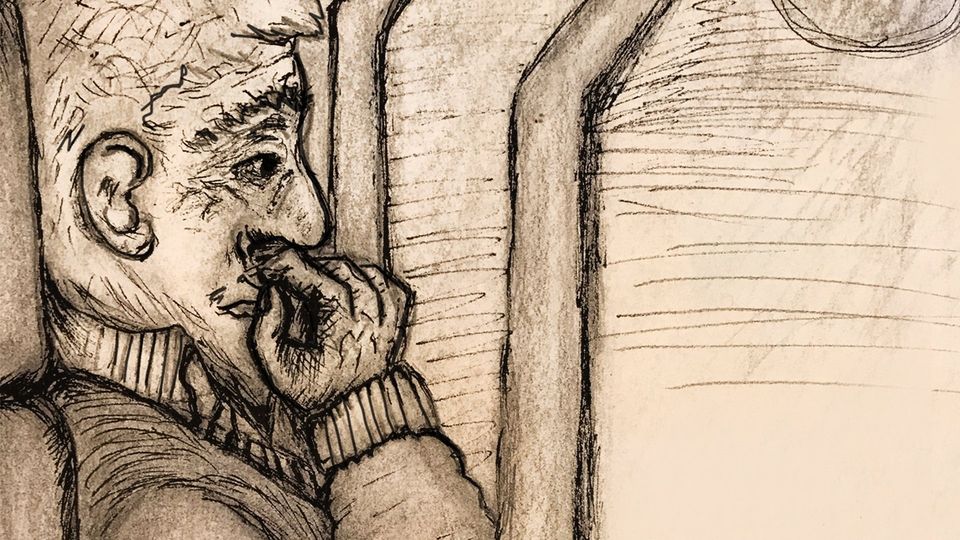
I was witness to a very touching encounter between an old man with Dementia and his wife, a short time after I wrote this narrative about what I would have liked to have said to the old man;
‘I was trying not to notice that you were picking your nose whilst you were gazing out of the window…. some time passed and you must have said something that really upset your partner as she was saying in a very high pitched whispered voice, “ for goodness sake that is enough, you need to be quiet for a moment”.
You look sad and confused, I only noticed because I am in the process of an art course that involves drawing people on trains.
You look lost and as you stare out of the window at the station platform, but then you smile at a cat that is sat in the window of the ticket office, a rare sight indeed.
As you sit smiling at the cat your partner wonders what it is that you have seen that has made you smile and distracted you.
Suddenly the lady with the grey hair is hugging you really tightly and telling you just how much she loves you…and I realise that you are so much more than a first glance would have allowed me to see, I looked and I really saw you.
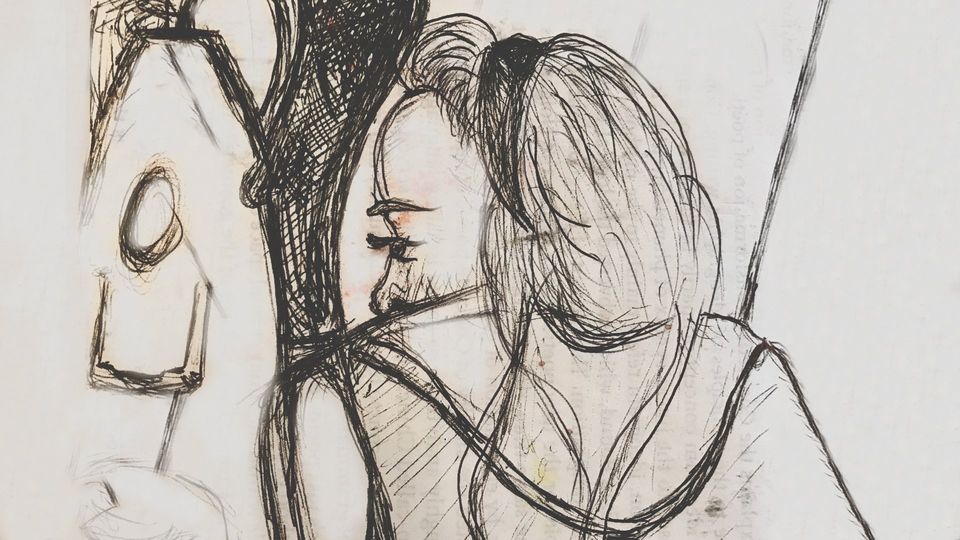
If we are not looking then we may be losing special moments and encounters like the following narrative over-heard on one early morning train to university.
Three members of G W R staff were animated when talking about their colleague they called ‘Rottweiler’ ….
‘she went running after him when he jumped off the train at Camborne, he had already got on a bus when she got his fare off him, she’s like a dog with a bone she is’
Stories and eaves dropping are a wonderful way of connecting with the here and now.
At Truro three midwives studying in Plymouth often get on the train, eat porridge, drink coffee and talk about their first labor or the fact that it will be their first week on a maternity ward.
This kind of un –edited narrative, I see as a gift that puts my world in a more balanced place.
The camaraderie between these two sets of colleagues is a joy to behold and speaks volumes about the British public. It would seem that when travelling in a group of peers or colleagues direct conversation is much more evident.
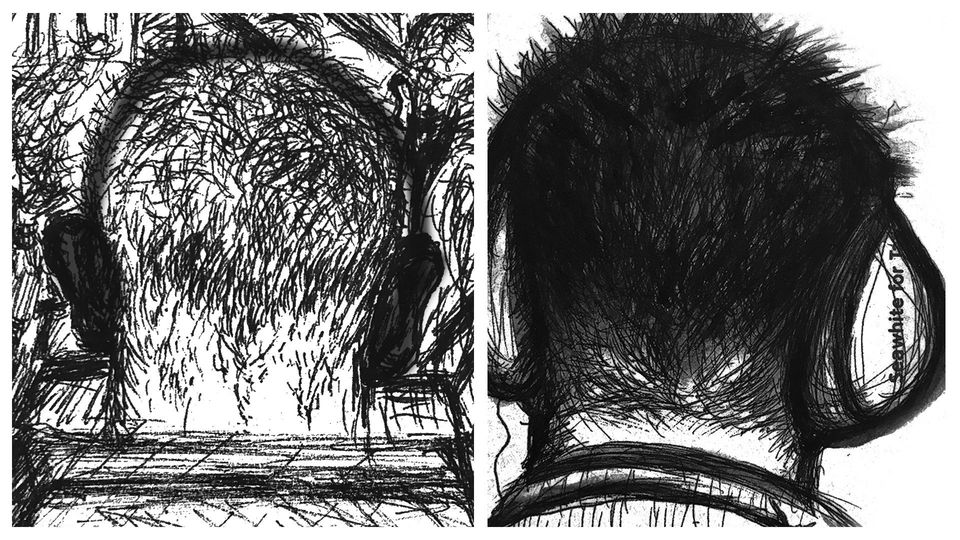
In complete contrast, these two fairly-young men are totally in their own world with music in their ears and social media in their eyes. How would they ever notice if there were to be an emergency or a catastrophe. What does it mean in terms of Sociology, are they the ultimate by stander not really interested in any external drama.
Somehow I think they are scanning peripherally and using shadows and ambient sensory changes such as vibration to know that the train has stopped. Arguably these two men would be totally on it should an outburst occur, they would certainly be filming or recording events and posting to social networks.
Alternatively they have given up on everyone else's world and prefer to keep their heads down and remain focused in their own world controlling every aspect of what they hear and choose to look at.
They are sending out a clear message that they do not wish to engage with other passenger, but instead are probably engaging with hundreds of friends at once on face book.
We are becoming more selective about who we want to make small talk with and we do not have to see people in real time to feel connected.
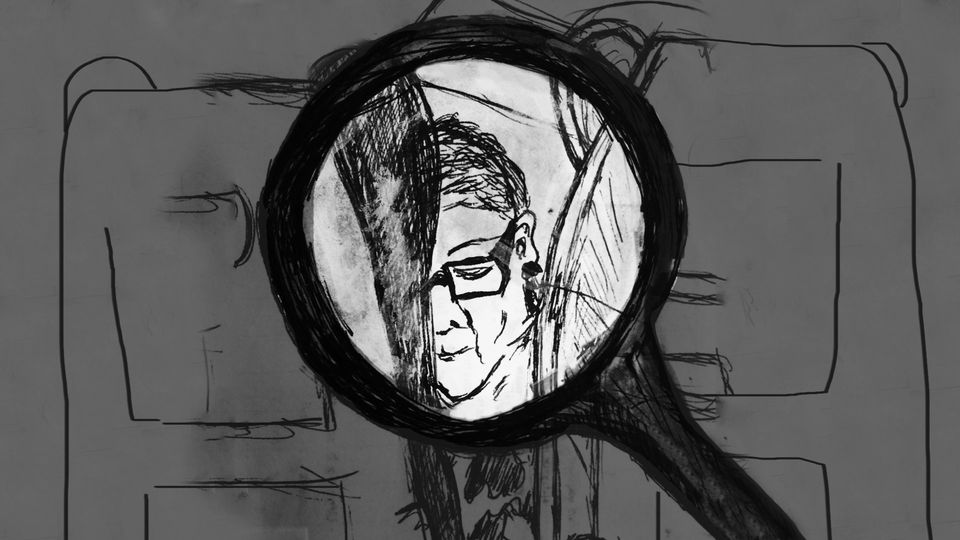
This lady was very worried that someone would sit next to her so kept her head down and the seat next to her totally inaccessible, by filling it high with luggage coats magazines etc.
Over the months that I have been drawing and really looking at people I have discovered that there are different categories of passengers.
Which Category of passenger would you be, do you think that age and gender play an important part in deciding who we are on a train. Or are we different when we travel alone for example ?
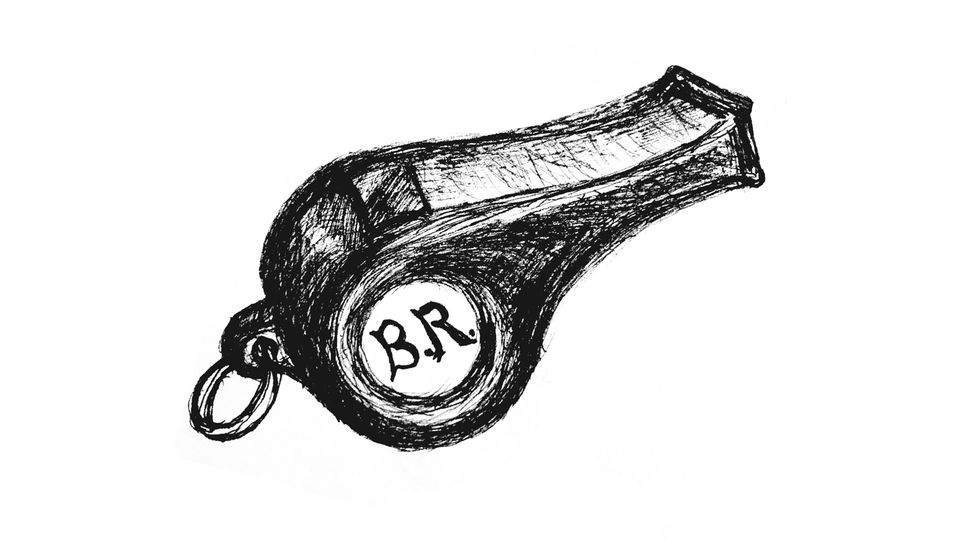
Over the course of the last six months a sort of sociological archival element has become strong themes in my work, either that or I am in danger of becoming a train spotter…… so I started to actively search for items that were used by or represented the people that worked on trains. As I searched on ebay I began to enjoy ( possible a bit too much) bidding for various items.
I liked the randomness of the objects auctioned and the story and the journey that the objects may have had. The narrative of each objects journey and even the random way they had been packaged and addressed to me was exciting.
The idea that many people would have blown the whistle and the evocative way the sound and the memory of that sound punctuates the start of a journey or the signal that the train was about to commence a journey, a kind of social history, a strong human element to the journey my research was following.
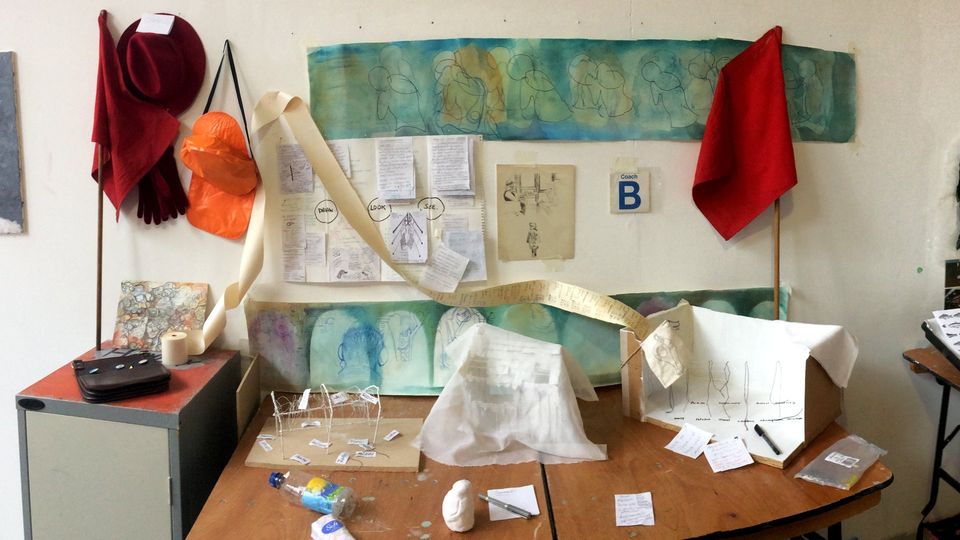
Workspace with old flag from steam engine days.
Old till roll, coach signs and model of degree show installation.
Frieze of girl on the train sleeping.
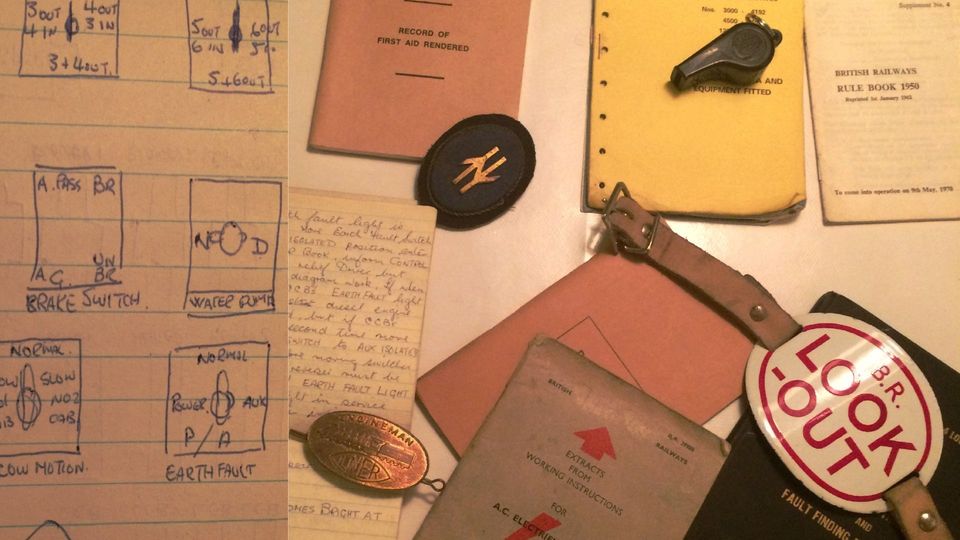
The note books and the rule books and the hand drawn diagrams of how to drive a steam train, what to watch out for when you pulled into a station, were really poignant.

Collaborating with GWR to make an artwork, that embodies this research and takes advantage of the more peripheral looking in the shape of a flag although not fully resolved.
click to see 2017 Degree Work and Final Show
Drawings and what we see, according to the essayist and critic John Berger,
…can be perceived as messages, messages that can never be verbalised and are not particularly addressed to us. Is it possible to read natural appearances as texts?...The images may be like words but there is no dialogue…perspective centres everything on the eye of the beholder, its like a beam from a lighthouse, only instead of light travelling outwards, appearances travel in, our tradition of art called those appearances, reality. Perspective makes the eye the centre of the visible world, but the human eye can only be in one place at a time, it takes its visible world with it as it walks looking and linking to one’s own life. (Berger, BBC4, 2016)
My practice has been very much informed by the research into how the use of words in the visual arts impact on the experience of the viewer. Looking is the easy part, perhaps its what we as individuals see and what we convert into meaning, our own experience, that decides what impact an artwork has.
There is also another sense in which seeing comes before words. It is seeing which establishes our place in the surrounding world; we explain that word with words, but words can never undo the fact that we are surrounded by it. The relationship between what we see and what we know is never settled. (Berger, 1977:7).
